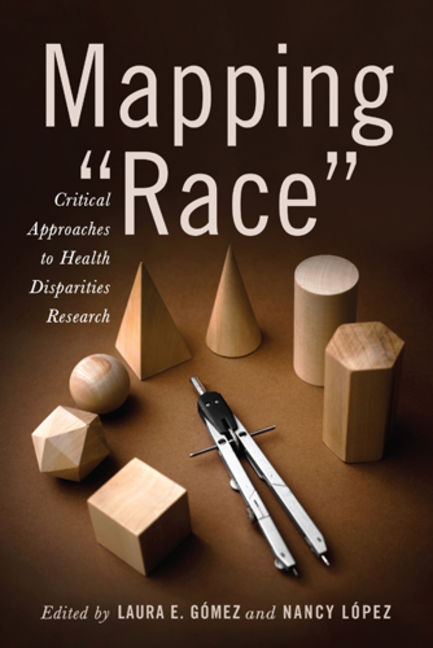Comorbid substance use disorders with other Axis I and II mental disorders among treatment-seeking Asian Americans, Native Hawaiians/Pacific Islanders, and mixed-race people
Journal of Psychiatric Research
Available online 2013-09-09
DOI: 10.1016/j.jpsychires.2013.08.022
Li-Tzy Wu, ScD, RN, MA, Professor of Psychiatry and Behavioral Sciences
Department of Psychiatry and Behavioral Sciences, School of Medicine
Duke University Medical Center, Durham, North Carolina
Dan G. Blazer, MD, PhD, Professor of Psychiatry and Behavioral Sciences; Professor of Community and Family Medicine
Department of Psychiatry and Behavioral Sciences, School of Medicine
Duke University Medical Center, Durham, North Carolina
Kenneth R. Gersing, MD, Clinical Associate
Department of Psychiatry and Behavioral Sciences, School of Medicine
Duke University Medical Center, Durham, North Carolina
Bruce Burchett, PhD, Assistant Professor in Psychiatry and Behavioral Sciences
Department of Psychiatry and Behavioral Sciences, School of Medicine
Duke University Medical Center, Durham, North Carolina
Marvin S. Swartz, MD, Professor in Psychiatry and Behavioral Sciences
Department of Psychiatry and Behavioral Sciences, School of Medicine
Duke University Medical Center, Durham, North Carolina
Paolo Mannelli, MD, Associate Professor of Psychiatry and Behavioral Sciences
Department of Psychiatry and Behavioral Sciences, School of Medicine
Duke University Medical Center, Durham, North Carolina
Little is known about behavioral healthcare needs of Asian Americans (AAs), Native Hawaiians/Pacific Islanders (NHs/PIs), and mixed-race people (MRs)—the fastest growing segments of the U.S. population. We examined substance use disorder (SUD) prevalences and comorbidities among AAs, NHs/PIs, and MRs (N=4572) in a behavioral health electronic health record database. DSM-IV diagnoses among patients aged 1–90 years who accessed behavioral healthcare from 11 sites were systematically captured: SUD, anxiety, mood, personality, adjustment, childhood-onset, cognitive/dementia, dissociative, eating, factitious, impulse-control, psychotic/schizophrenic, sleep, and somatoform diagnoses. Of all patients, 15.0% had a SUD. Mood (60%), anxiety (31.2%), adjustment (30.9%), and disruptive (attention deficit-hyperactivity, conduct, oppositional defiant, disruptive behavior diagnosis, 22.7%) diagnoses were more common than others (psychotic 14.2%, personality 13.3%, other childhood-onset 11.4%, impulse-control 6.6%, cognitive 2.8%, eating 2.2%, somatoform 2.1%). Less than 1% of children aged <12 years had SUD. Cannabis diagnosis was the primary SUD affecting adolescents aged 12–17. MRs aged 35–49 years had the highest prevalence of cocaine diagnosis. Controlling for age at first visit, sex, treatment setting, length of treatment, and number of comorbid diagnoses, NHs/PIs and MRs were about two times more likely than AAs to have ≥2 SUDs. Regardless of race/ethnicity, personality diagnosis was comorbid with SUD. NHs/PIs with a mood diagnosis had elevated odds of having SUD. Findings present the most comprehensive patterns of mental diagnoses available for treatment-seeking AAs, NHs/PIs, and MRs in the real-world medical setting. In-depth research is needed to elucidate intraracial and interracial differences in treatment needs.
Read or purchase the article here.

